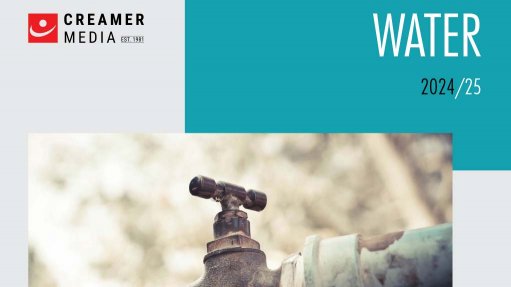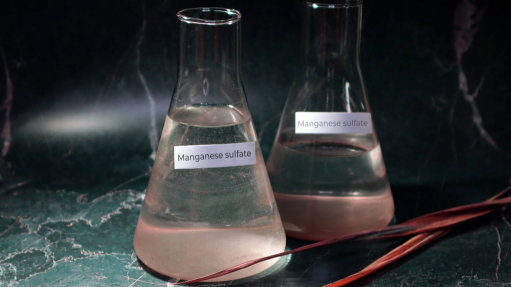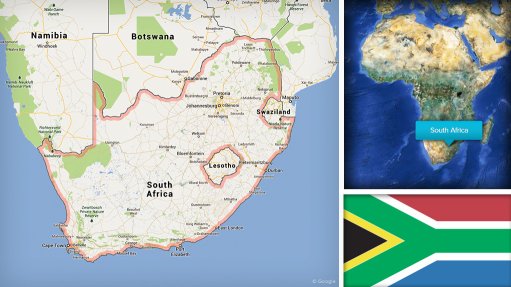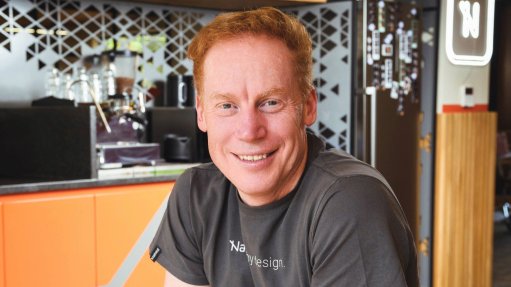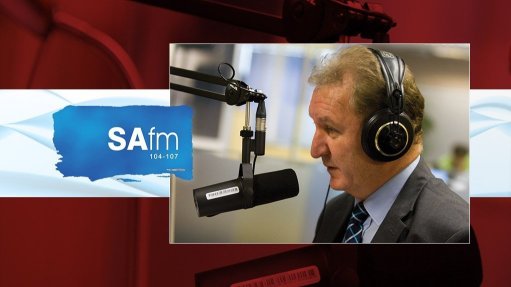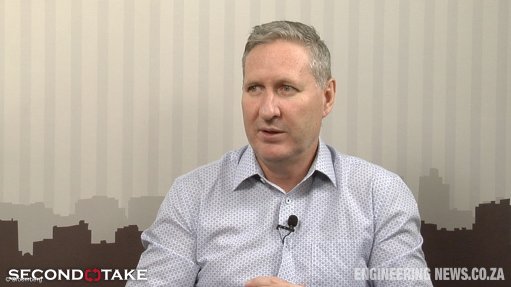South African energy efficient lighting study to start soon
A new study on energy efficient lighting in South Africa will be undertaken as part of the South African-German Energy Partnership, which includes the Department of Mineral Resources and Energy (DMRE) and the German Federal Ministry for Economic Affairs and Energy (BMWi).
The study will start in a week or two and will provide a situation analysis, gap analysis, future outlook and recommendations within three to four months, says South African-German Energy Partnership head of secretariat Andreas Betz.
German development agency GIZ has appointed a service provider to conduct the study and will share more information once the study is concluded.
The study will start with a situational analysis that will collect and analyse data from research in universities, research institutes and the private sector. It will then conduct gap analysis to determine if there are any gaps identified from the data.
The final component of the study will provide a future outlook and recommendations for actions, including other areas of interest in energy efficient lighting that the partnership can focus on, he says.
The South African government has set targets for 2015 to 2030 through the National Energy Efficiency Strategy, which includes a 20% reduction in the energy intensity of municipal street lighting, says South African National Energy Development Institute (SANEDI) energy efficiency unit senior adviser Stalin Ndlovu.
The energy demand-side management programme established by the DMRE in 2009 and funded by the National Treasury has identified many technologies that can improve the efficiency of street lighting.
To achieve maximum efficiency, the strategy must ensure that the choice of lamps are aligned with road lighting categories. The municipal energy demand-side management fund has contributed to street lighting light-emitting diode (LED) retrofit projects, he adds.
The target of a 20% reduction in energy intensity is achievable, based on research published by urban information exchange organisation the South African Cities Network that showed that up to 16% of yearly energy consumption in municipalities is for street lighting.
The research priorities, according to government, are whether energy efficient street lighting can become a revenue generation opportunity, how municipalities should maintain them and whether they can improve service to the public while reducing overall costs, says Nldovu.
Energy efficient street lighting infrastructure and technology can include the management of energy and lighting, cameras and Internet of Things to enable better efficiency.
Additionally, research commercialisation organisation The Innovation Hub has a demonstration site to test and prove technologies in partnership with the DMRE, GIZ, the City of Tshwane and SANEDI through which the teams hope to achieve most of their research priorities, he says.
Meanwhile, energy academics this week presented their research into energy efficient lighting as part of the partnership.
Rwanda-based energy efficiency specialist Dr Alice Ikuzwe presented the findings of her electrical engineering PhD study on LED lighting efficiency, use, degradation, maintenance and energy and cost savings in South Africa. She demonstrated that LED street light retrofit projects combined with optimal maintenance practices provide energy savings of 59% over ten years, with associated energy and maintenance cost savings.
Further, Technical University of Berlin PhD student and researcher Birtze Saathoff provided details into the research to develop eco- and insect-friendly street lighting. The research is focused on determining the effect of a reduction of light on insects, specifically whether fewer will be attracted to artificial lighting and thereby reducing the ecological impact of lighting.
The university has been studying the amount of insects that are attracted to artificial lighting for more than 15 years, including the impact of artificial lighting on aquatic insects, which provides good information with which to compare the reduction of light, she says.
The research project aims to develop a luminaire, which is a complete lighting unit, that focuses light only where needed, such as the portion of the street, sidewalks and bicycle lanes that it must illuminate, to reduce the amount of light outside this area and thereby reduce the impact on insect behaviour.
Saathoff adds that the research, conducted in partnership with German cities and lighting equipment manufacturers, is studying the effect of reduced lighting and whether this reduces the amount of insects a light attracts, as part of efforts to develop an insect-friendly lamp.
Further, Technical University of Berlin researcher Samuel Fiedelak is conducting research on dynamic street lighting for German cities, and says lighting management and dimming can reduce costs by 20% to 50%, while reducing maintenance costs by 30% to 50%.
The university is involved in several projects with cities and towns throughout Germany on developing dynamic lighting practices. The team aims to conducted pilot tests to determine best practices for dynamic street lighting while meeting all required road and pedestrian safety regulations.
Additionally, Fiedelak says South Africa's regulatory framework for street lighting and street light specifications include management elements and other data elements to be introduced by 2024 and that the country is ready for dynamic street lighting.
Comments
Press Office
Announcements
What's On
Subscribe to improve your user experience...
Option 1 (equivalent of R125 a month):
Receive a weekly copy of Creamer Media's Engineering News & Mining Weekly magazine
(print copy for those in South Africa and e-magazine for those outside of South Africa)
Receive daily email newsletters
Access to full search results
Access archive of magazine back copies
Access to Projects in Progress
Access to ONE Research Report of your choice in PDF format
Option 2 (equivalent of R375 a month):
All benefits from Option 1
PLUS
Access to Creamer Media's Research Channel Africa for ALL Research Reports, in PDF format, on various industrial and mining sectors
including Electricity; Water; Energy Transition; Hydrogen; Roads, Rail and Ports; Coal; Gold; Platinum; Battery Metals; etc.
Already a subscriber?
Forgotten your password?
Receive weekly copy of Creamer Media's Engineering News & Mining Weekly magazine (print copy for those in South Africa and e-magazine for those outside of South Africa)
➕
Recieve daily email newsletters
➕
Access to full search results
➕
Access archive of magazine back copies
➕
Access to Projects in Progress
➕
Access to ONE Research Report of your choice in PDF format
RESEARCH CHANNEL AFRICA
R4500 (equivalent of R375 a month)
SUBSCRIBEAll benefits from Option 1
➕
Access to Creamer Media's Research Channel Africa for ALL Research Reports on various industrial and mining sectors, in PDF format, including on:
Electricity
➕
Water
➕
Energy Transition
➕
Hydrogen
➕
Roads, Rail and Ports
➕
Coal
➕
Gold
➕
Platinum
➕
Battery Metals
➕
etc.
Receive all benefits from Option 1 or Option 2 delivered to numerous people at your company
➕
Multiple User names and Passwords for simultaneous log-ins
➕
Intranet integration access to all in your organisation





